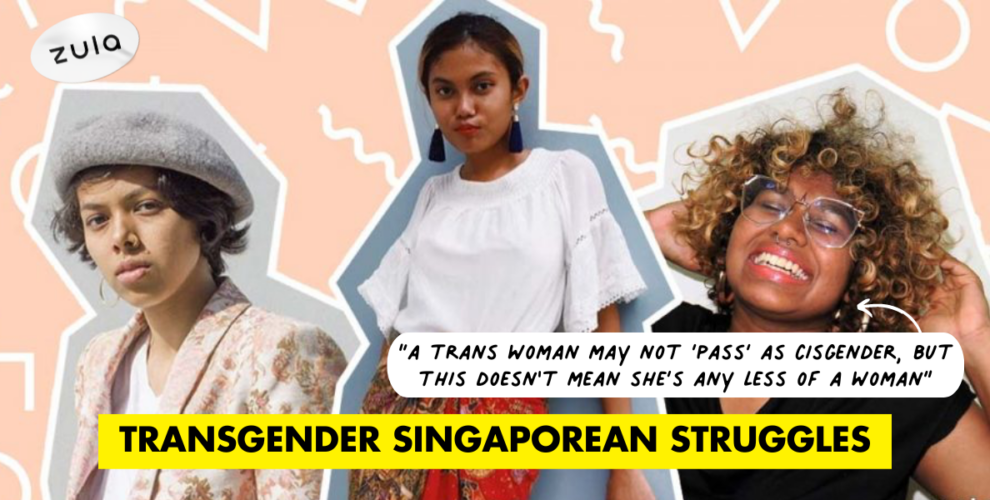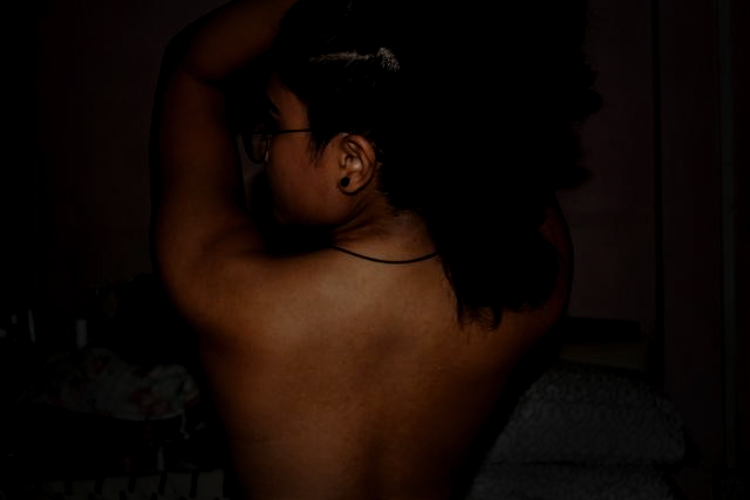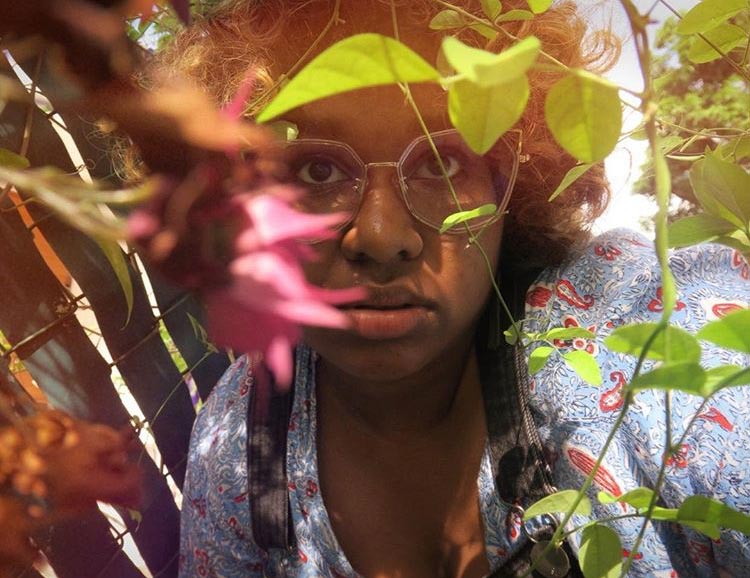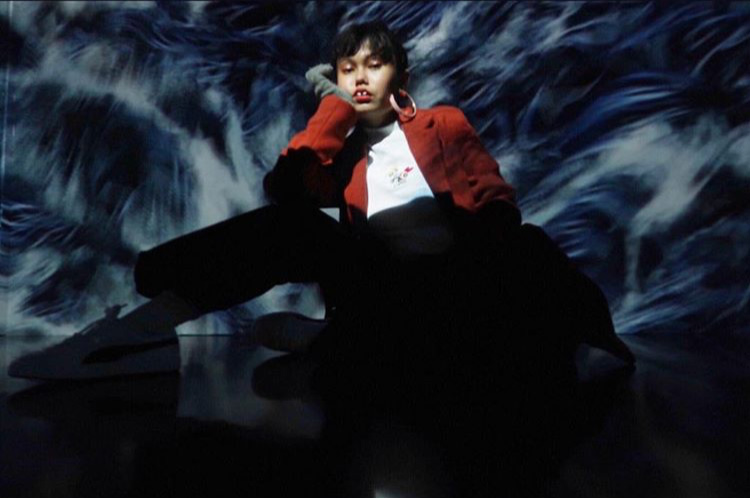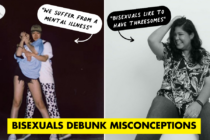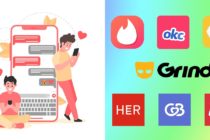Being Transgender and Non-Binary in Singapore
You know them as the “T” in LGBTQ+, but how much do we really know about the transgender and non-binary community in Singapore?
As minorities within an already marginalised group, members of the trans community still face ignorance and prejudice on a daily basis.
We talked to transgender and non-binary millennials in Singapore to find out about their struggles and what they wish we knew.
Contents
- Being Transgender and Non-Binary in Singapore
- 1. Identifying as trans and non-binary isn’t just a “millennial thing”
- 2. They didn’t choose to be trans
- 3. Call them by their preferred names and pronouns
- 4. Your jokes aren’t funny
- 5. Trans and non-binary people come in all shapes and sizes
- 6. They’re not your Wikipedia for queer issues
- 7. They need allies
- Transgender and Non-Binary Millennials In Singapore Share Their Experiences
1. Identifying as trans and non-binary isn’t just a “millennial thing”
Plainly put, a transgender person is described as someone whose gender identity doesn’t match the sexual organs they were born with. This means someone born with a penis may come to realise they identify as a woman, and someone with a vagina might identify as a man.
Others may feel they don’t fit neatly into the ‘man’ or ‘woman’ categories, and thus identify as non-binary (NB) or genderqueer.
This seems confusing and counterintuitive, until we see gender as a spectrum rather than an either-or situation where male and female are the only options. Where we fall on this spectrum doesn’t always correspond to our bits down there.
If these definitions seem like newfangled, liberal nonsense, think again. Ancient civilisations in South Asia and North America have recorded histories of gender outside the binary we know today.
2. They didn’t choose to be trans
Gender and sexual orientation are sometimes compared to left-handedness—these things aren’t something people can help, even if you try to change them.
As Ra, a 21-year-old working in IT puts it, “Queer people like myself don’t wake up one day deciding we want to be part of a community that’s frowned upon by so many.”
3. Call them by their preferred names and pronouns
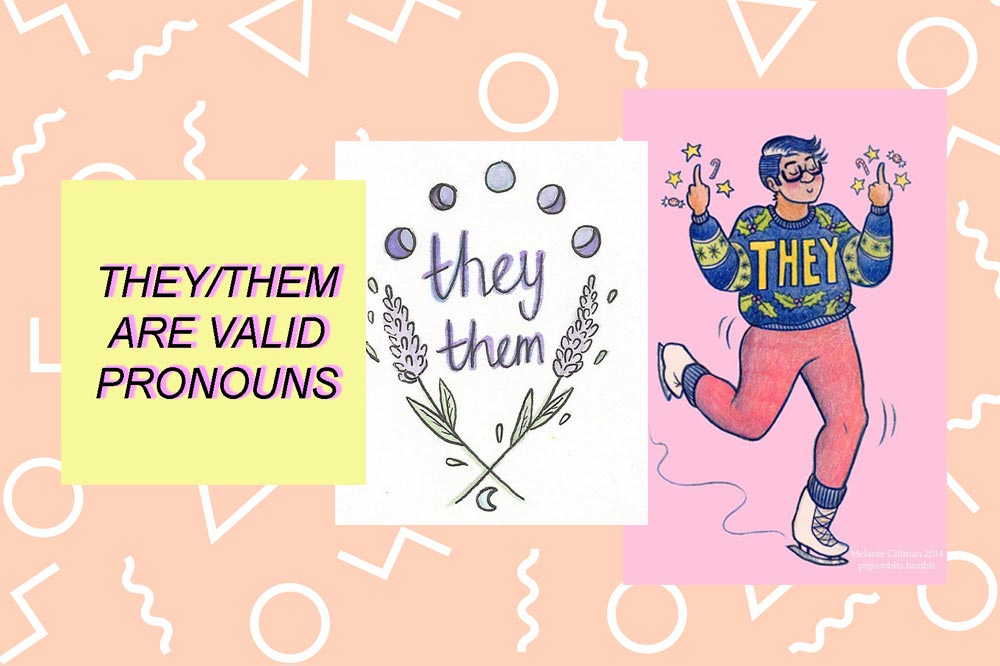 Source, Source, Source, Source
Source, Source, Source, Source
Most of the trans and non-binary people I interviewed told me being misgendered affects them deeply, and correcting people can be a scary and emotionally exhausting task.
If someone comes out as trans and asks you to refer to them by a different name and pronoun, know it took them courage for them to do it.
Their gender identity is not up for debate, nor is it something for you to disagree with.
That being said, accidentally misgendering them isn’t the end of the world. If a trans or non-binary person corrects you, simply apologise and use their preferred pronouns in the future!
4. Your jokes aren’t funny
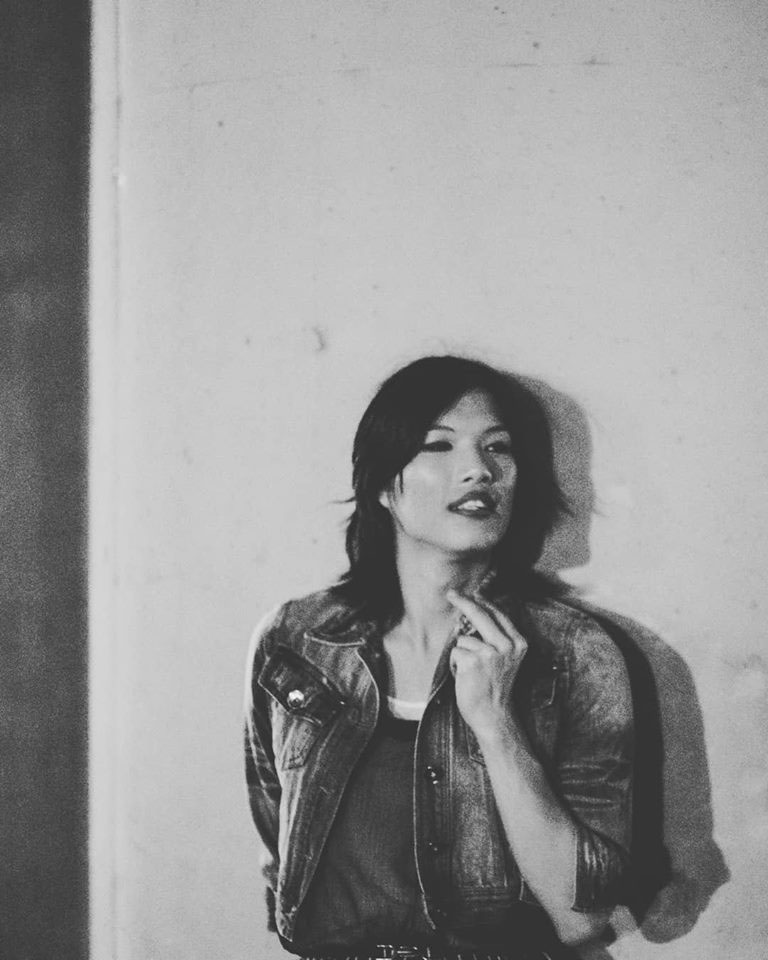 Image courtesy of Sean Lee and Lune Loh
Image courtesy of Sean Lee and Lune Loh
When Lune Loh was serving her National Service, the boys teased her by asking what was in her pants. “There were also people who asked what underwear I was wearing,” the 21-year-old student recalls.
Sometimes, non-trans people respond to transgenderism by claiming they identify as inanimate objects, like in the case of the “I sexually identify as an attack helicopter” meme which went viral a few years back. In real life conversations, this plays out in statements such as: “Wah, now guy also can identify as girl. Ok lor, then I identify as potato.”
Lune tells me jokes like these are the most insensitive of the lot. They’re also unoriginal, so thank u, next.
Also read:
Cayes Hong: Transgender Singaporean Opens Up About Top Surgery
5. Trans and non-binary people come in all shapes and sizes
Their gender identity shouldn’t be doubted just because we have preconceived notions of what transgender and non-binary people look like.
Div, 19, tells me,“We all are incredibly diverse and express it in various ways. Our worth and validity should not be determined by how we look.”
A non-binary person may choose to dress in a more feminine or masculine manner than you’d expect. A trans woman may not “pass” as cisgender, but this doesn’t mean she’s any less of a woman.
6. They’re not your Wikipedia for queer issues
So you’re interested in learning more about LGBTQ+ issues, great! But in your enthusiasm, don’t make the mistake of using the queer people in your life as your personal Wikipedia.
“I’m all for accessibility, but don’t exploit us,” says Zeha, 18, a spoken word poet and early-childhood educator. “If I could find information on my own while figuring out my identity, it is possible for non-trans people too.”
7. They need allies
Notice someone misgendering your trans friend? Correct them. Hear people in your social circle saying transphobic things? Call them out and engage them in a healthy discussion.
Trans and non-binary people may not feel confident or safe enough to explain themselves in the moment, so you can help by speaking up for them.
As humans, we have the tendency to fear and reject what we don’t understand. The idea of non-binary gender can be alien to the rest of us who’ve never struggled with our gender identities.
But as Maddie Lim, a 27-year-old director of photography reminds me, trans and non-binary people are people too, and their gender isn’t what defines them.
“It’s easy for people to latch on to the trans label and forget there’s a human being there with flaws, fears, and hopes and dreams that might not have anything to do with their transness.”
Cover: Courtesy of interviewees.
This article was first published on 8 January 2019 and last updated on 24 January 2024.
Also read:
Growing Up LGBT In Singapore: 17 Things Queer Kids Can Relate To

